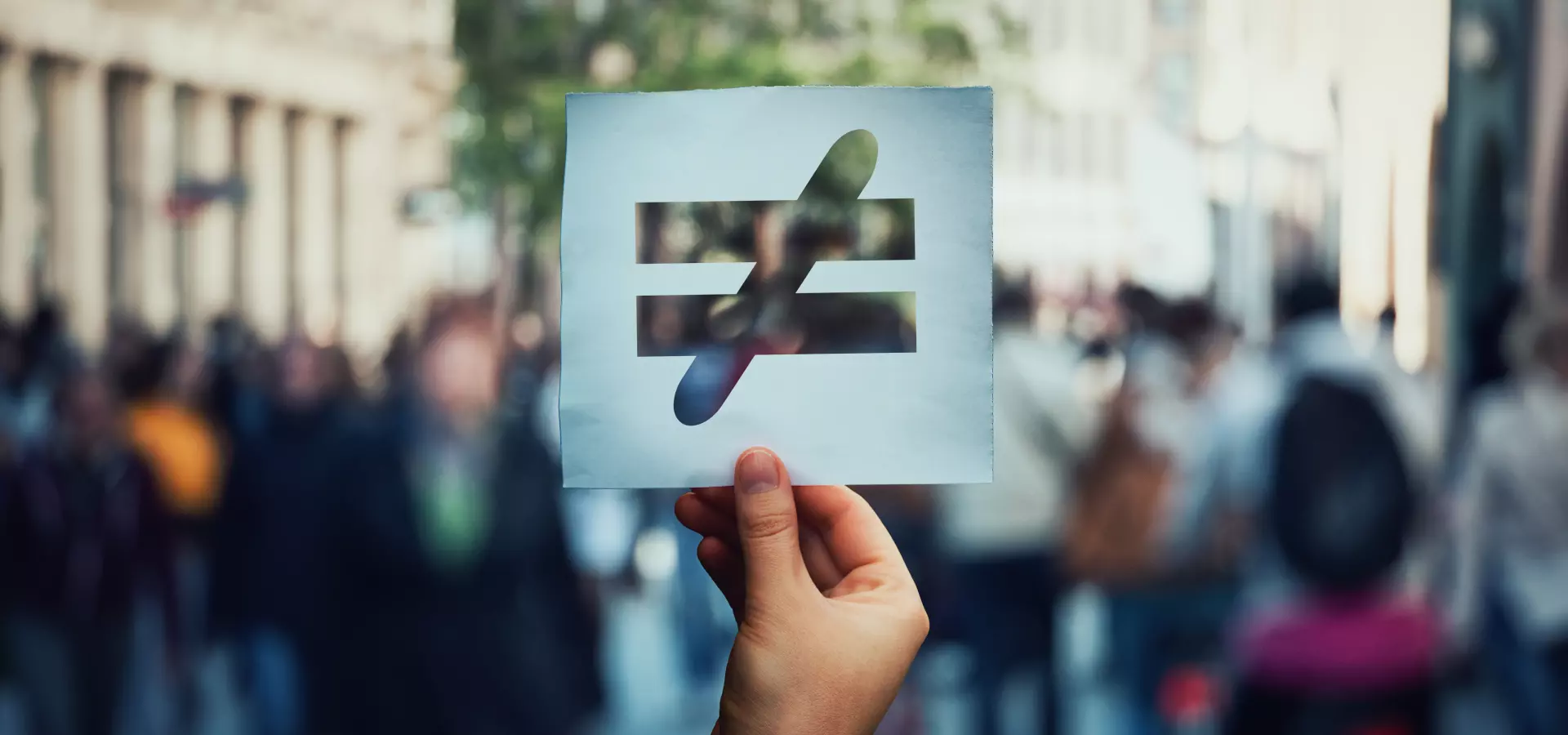
Gender inequalities: how are social and systemic failures contributing?
In August 2021, my colleague, Katharine Timpson and I, along with our colleague Bruce Whyte, published Health in a changing city: Glasgow 2021 report (HiaCC). This was a comprehensive analysis of changes in population, socioeconomic, environmental, and health factors over the last 20 years within Glasgow. We documented a range of health and social issues which continue to affect Glasgow’s residents, and looked at the economic, political, and social drivers of these.
HiaCC report findings
There were several topics in which we saw gender impact on health and wellbeing; declining life expectancy for women in our most deprived areas; women and girls more likely than men and boys to report poorer mental health; and suicide rates for woman rose in deprived areas of Glasgow. The economic impacts of Covid-19 have disproportionately affected women, particularly young women, and minority ethnic women.
The report also specifically looked at women’s safety. It covered the growing problem of male violence against women in Glasgow, with rates of domestic abuse 31% higher than the national average, high numbers of people working in prostitution, and the highest number of recorded sexual offences of any Scottish city.
Women’s safety in public spaces
While writing the report, a larger conversation was happening across the UK surrounding women’s safety sparked by the devastating murder of Sarah Everard on March 3rd 2021. Sarah’s death, at the hands of a male police officer, led to public outrage and a national discussion about how safe women are in public spaces.
Communities grieved the loss, those in power expressed sympathy, and women and other marginalised groups, exhausted by the work they need to do to keep themselves safe, called for action that would end these attacks. We continued to see responses which framed the problem as one which women needed to solve for themselves, by changing their behaviours to keep themselves safer – a response which sparked anger among many.
While the HiaCC report covered women’s safety, it didn’t get into as much detail as we wanted to, and we felt that this was a conversation that needed to continue. We talked to one another about not knowing exactly how we should respond; we felt the same grief, sympathy, and exhaustion that so many others felt; but mostly we felt frustration and anger that previous efforts to change cultures and structures, coming from similar starting points, still failed to eliminate these threats. We had so many questions left unanswered:
- Where are women situated in society today?
- Why are women forced to undergo such different experiences to men?
- Why are continually failed by systems?
- What needs to change and who will actually do it?
- Why are we still fighting this fight?
Power structures
Each of the issues around safety and accessibility, discussed here and in our subsequent blogs, impact women and non-binary people more than men, but they also are more likely to affect disabled people, people from ethnic minorities, older people, children, LGTBQ+ groups, and other marginalised people irrespective of gender. This is because the key issue is not intrinsic to gender but is about the power dynamics that structure how we all interact with one another. These power structures shape how we design public spaces and who we consider has a right to safety in those spaces.
Aim
Gender inequality has been a focus of national and international organisations for decades, and the recent high-profile incidents of male violence against women have led to another wave of interventions at national and local levels. But, while progress has been made, it has been uneven, and gender inequality persists.
Achieving gender equality isn’t just about social justice or human rights, it is critical for a healthy society with positive outcomes for everyone and the multiple generations to come: a stronger economy, higher levels of peace and stability, better overall health outcomes, reductions in poverty.
In this blog series we aim to tie the various threads of gender inequalities together in a series of blog posts. We hope these will highlight the various areas in which women are marginalised, what is driving these social and systemic failures, and what could drive change.
Notes
This blog series was co-authored by Mairi Young and Katharine Timpson.
Throughout these blogs, when we use the word women or girl, we are referring to anyone who identifies as such. We are also including trans and non-binary people. However, many of the datasets we use may not use similar descriptions so we will be explicit about which datasets do include trans and non-binary people and which do not.
Read the second blog: Women have a right to the city
Read the third blog: Women’s public safety is a health issue
Read the fourth blog: Systemic failures contributing to gender inequality
Read the fifth blog: Gender inequalities and intersectionality
Support organisations
If you have been affected by anything mentioned in these blogs, the following organisations may be a useful source of support.
Scottish Women’s Aid
Rape Crisis Scotland
Victim Support Scotland
Fawcett Society
Scottish Trans Alliance
Pregnant then Screwed
Men Engage Alliance